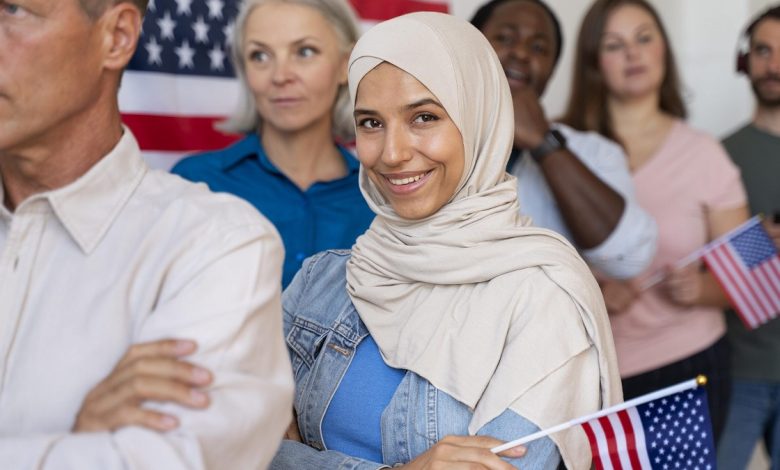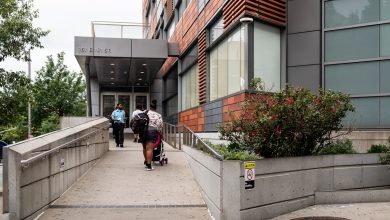What Does It Mean to Be Arab and American? Understanding a Complex Identity
Exploring the Layers of Culture, Belonging, and Representation in the Arab American Experience

To be Arab and American at the same time is to live a life of layered identity—rich in culture, yet often marked by contradiction. Arab Americans, who come from diverse backgrounds including Lebanon, Egypt, Palestine, Syria, Iraq, Morocco, and beyond, embody a fusion of values, languages, and histories that challenge simple definitions of identity.
For many, being Arab American means balancing two worlds: one rooted in heritage and tradition, and the other defined by the broader American social and political landscape. In their homes, Arab Americans may speak Arabic, celebrate Ramadan or Easter with extended families, enjoy traditional foods like mahshi and kebab, and hold values emphasizing family and hospitality. Yet outside, they may navigate schools, workplaces, and public spaces where their names, appearances, or faiths—especially for Muslims—can subject them to misunderstanding or discrimination.
A History of Immigration and Integration
Arab immigration to the U.S. began in significant numbers in the late 19th and early 20th centuries, mainly from Greater Syria. Over time, waves of immigrants came seeking safety from war, persecution, or economic hardship. Each wave brought different political experiences and cultural expressions, which shaped a dynamic and varied Arab American identity.

Cultural Pride and Political Struggle
Arab Americans have contributed immensely to American society in arts, medicine, business, and activism. At the same time, political events—such as the 9/11 attacks, the Iraq War, and the ongoing war in Gaza—have deeply influenced how Arab Americans are perceived and how they see themselves. Many navigate a sense of dual loyalty, advocacy for justice in the Middle East, and a desire to be fully accepted as American citizens.
Hyphenated Identity: Burden or Bridge?
For some, the term “Arab American” is a proud banner of multicultural belonging. For others, it can feel like a burden—one that constantly demands negotiation of identity. Young Arab Americans especially may feel pulled between modern American life and the expectations of their families’ cultural traditions.
But this duality is not just a challenge—it is a strength. Arab Americans are uniquely positioned to act as cultural bridges, fostering dialogue, correcting stereotypes, and celebrating the richness of two worlds. In literature, film, politics, and social justice movements, they are carving out space for a more inclusive and nuanced understanding of what it means to be American.



